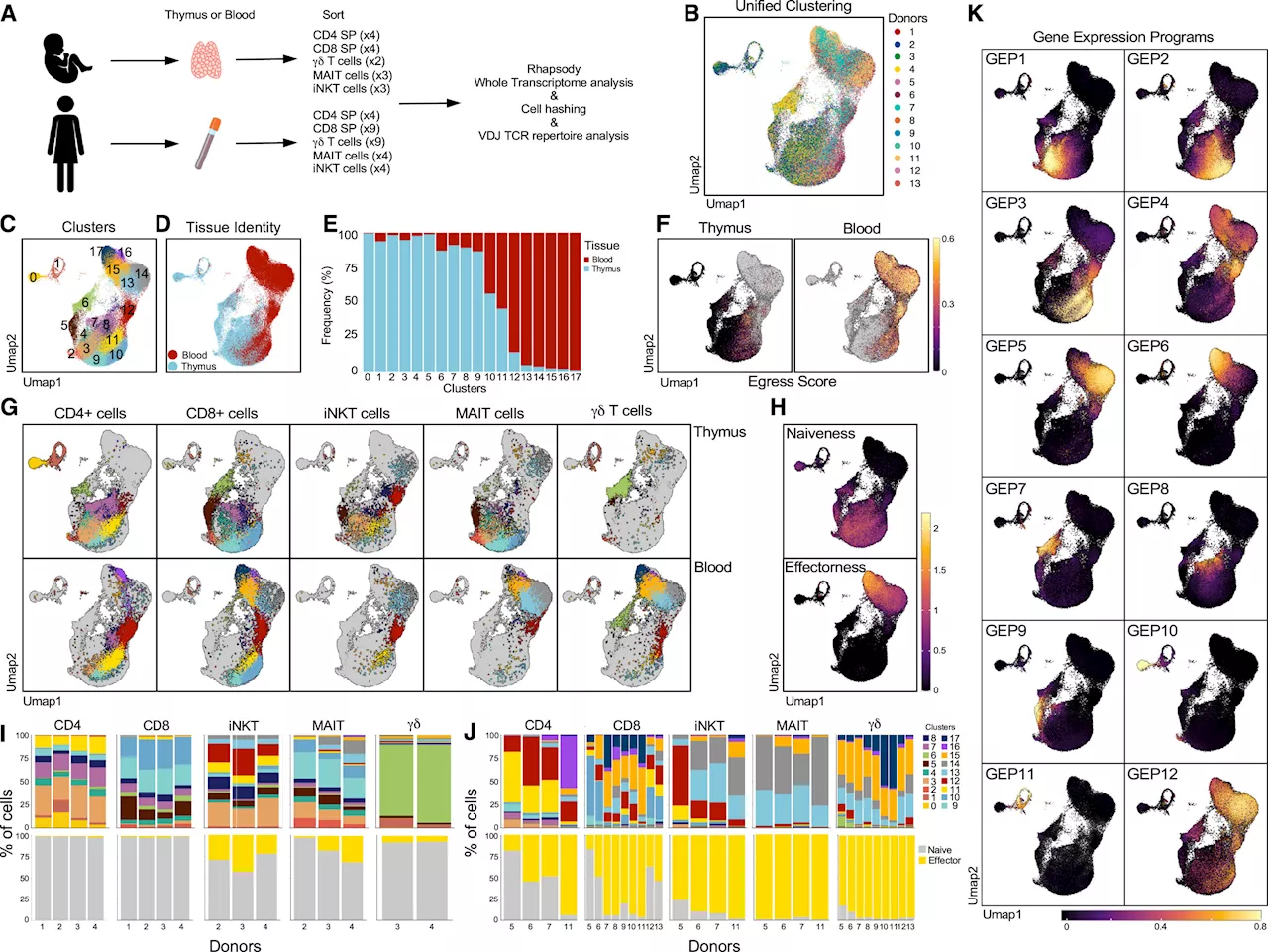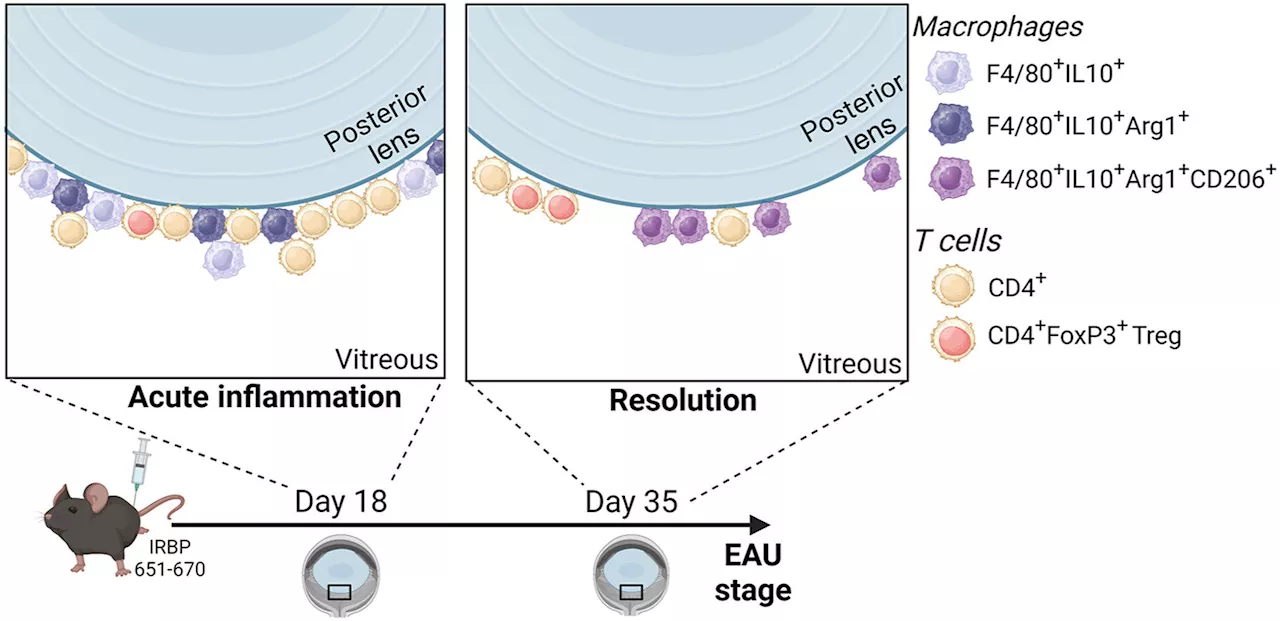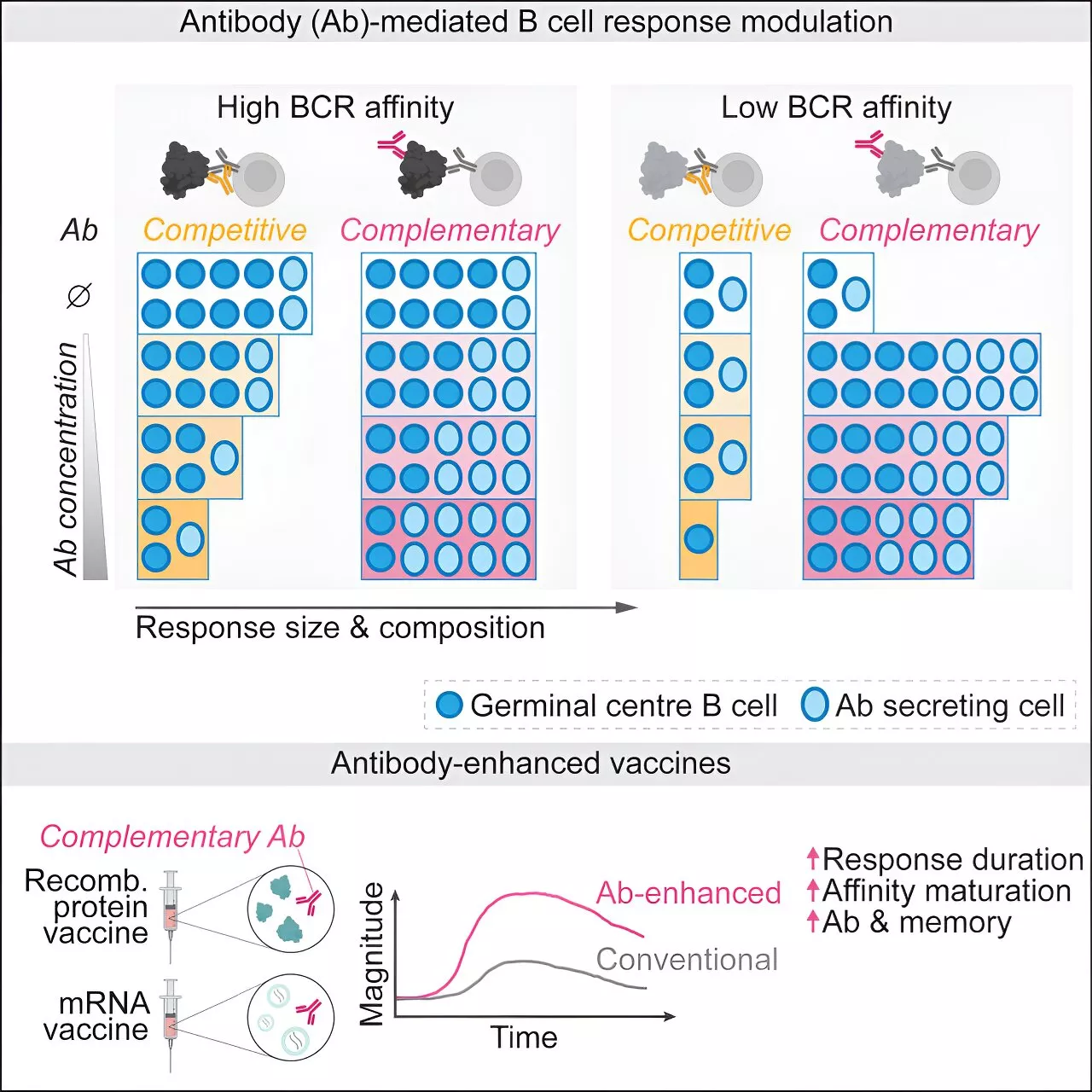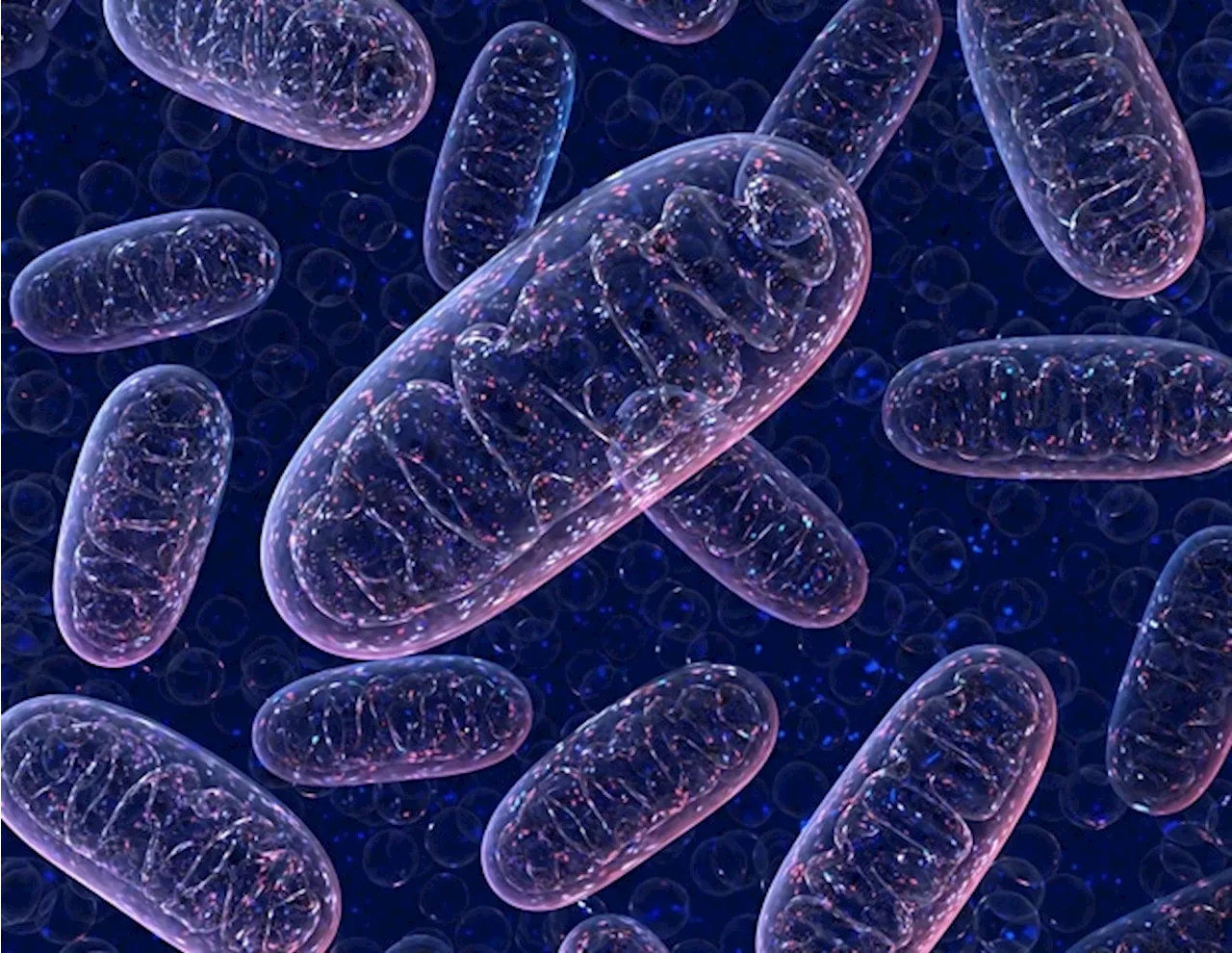Researchers developed novel genetic tools to trace, ablate, and manipulate p16^Ink4a+^ senescent cells, revealing their distinct roles in liver fibrosis and repair. Senescent macrophages promote fibrosis, while endothelial cells aid in tissue recovery.
By Vijay Kumar MalesuReviewed by Susha Cheriyedath, M.Sc.Oct 7 2024 New genetic tools reveal the dual roles of senescent cells in liver disease—macrophages drive fibrosis, while endothelial cells repair damage, unlocking potential for targeted therapies.
Background Cellular senescence is crucial in processes like aging, cancer, and disease. Induced by stress, it involves cell-cycle arrest, cyclin-dependent kinase inhibitors, and a senescence-associated secretory phenotype . Senescent cells have both harmful roles, such as promoting aging and disease, and beneficial ones, like tumor suppression and tissue repair.
Nonalcoholic steatohepatitis was induced using a choline-deficient L-amino acid diet for 12 weeks, with only male mice utilized to prevent gender-related variation. For small interfering Ribonucleic Acid transfection, cells were transfected with siRNA using Lipofectamine RNA interference MAX reagent, followed by incubation in a complete medium containing FBS before harvesting for analysis.
Fluorescence imaging of various organs from aging p16-tdT mice revealed an increase in tdT+ cells with age, particularly in neurons of the cerebral cortex and endocrine cells in the pancreas. These tdT+ cells showed strong senescence-associated phenotypes, such as elevated SASP factors and reduced proliferative capacity, confirming the diverse senescent cell populations in aged tissues.
In addition, a new genetic tool called Sn-cTracer was developed for the ablation of p16Ink4a+ cells. Ablation of p16Ink4a+ macrophages in liver fibrosis significantly reduced fibrosis, whereas eliminating p16Ink4a+ ECs exacerbated liver injury. This differential outcome demonstrated that senescent macrophages promote fibrosis, while senescent ECs play a reparative role.
United Kingdom Latest News, United Kingdom Headlines
Similar News:You can also read news stories similar to this one that we have collected from other news sources.
 Immune cells caught between worlds: Researchers explore how innate-like T cells matureOur immune system spans two worlds—innate and adaptive. Innate immune cells are like troops at the gate ready to hold off invaders and raise the body's alarms. Adaptive immune cells are specialists that take longer to respond but can fight off foes in a more targeted manner.
Immune cells caught between worlds: Researchers explore how innate-like T cells matureOur immune system spans two worlds—innate and adaptive. Innate immune cells are like troops at the gate ready to hold off invaders and raise the body's alarms. Adaptive immune cells are specialists that take longer to respond but can fight off foes in a more targeted manner.
Read more »
 Researchers discover new role of immune cells in eye healthThe eye is an immune-privileged tissue because of the need to keep blood vessels away from the central pathway of light and to restrict entry of inflammatory cells that could cause damage. This has prompted questions about how the eye manages inflammation when it occurs.
Researchers discover new role of immune cells in eye healthThe eye is an immune-privileged tissue because of the need to keep blood vessels away from the central pathway of light and to restrict entry of inflammatory cells that could cause damage. This has prompted questions about how the eye manages inflammation when it occurs.
Read more »
 Researchers 'turbocharge' vaccine delivery by jolting 'bystander' immune cells into action in animal modelsMonash University researchers have developed a new technique to boost the effectiveness of both traditional and mRNA-based vaccines in animal models.
Researchers 'turbocharge' vaccine delivery by jolting 'bystander' immune cells into action in animal modelsMonash University researchers have developed a new technique to boost the effectiveness of both traditional and mRNA-based vaccines in animal models.
Read more »
 Researchers gain new understanding of how immune cells respond to heat during feverThe study reveals that moderate fever enhances CD4 T cell activity while reducing regulatory T cell suppression, highlighting temperature's immune effects.
Researchers gain new understanding of how immune cells respond to heat during feverThe study reveals that moderate fever enhances CD4 T cell activity while reducing regulatory T cell suppression, highlighting temperature's immune effects.
Read more »
 Boston Researchers Create World's Largest Library of Centenarian Stem CellsResearchers from Boston University Chobanian & Avedisian School of Medicine and Boston Medical Center have created the largest library of induced pluripotent stem cells (iPSCs) from centenarians and their offspring to study longevity and healthy aging.
Boston Researchers Create World's Largest Library of Centenarian Stem CellsResearchers from Boston University Chobanian & Avedisian School of Medicine and Boston Medical Center have created the largest library of induced pluripotent stem cells (iPSCs) from centenarians and their offspring to study longevity and healthy aging.
Read more »
 Researchers uncover how brown fat cells increase metabolic activitySpecial fat cells known as brown adipocytes help maintaining body temperature by converting calory-rich nutrients into heat.
Researchers uncover how brown fat cells increase metabolic activitySpecial fat cells known as brown adipocytes help maintaining body temperature by converting calory-rich nutrients into heat.
Read more »
